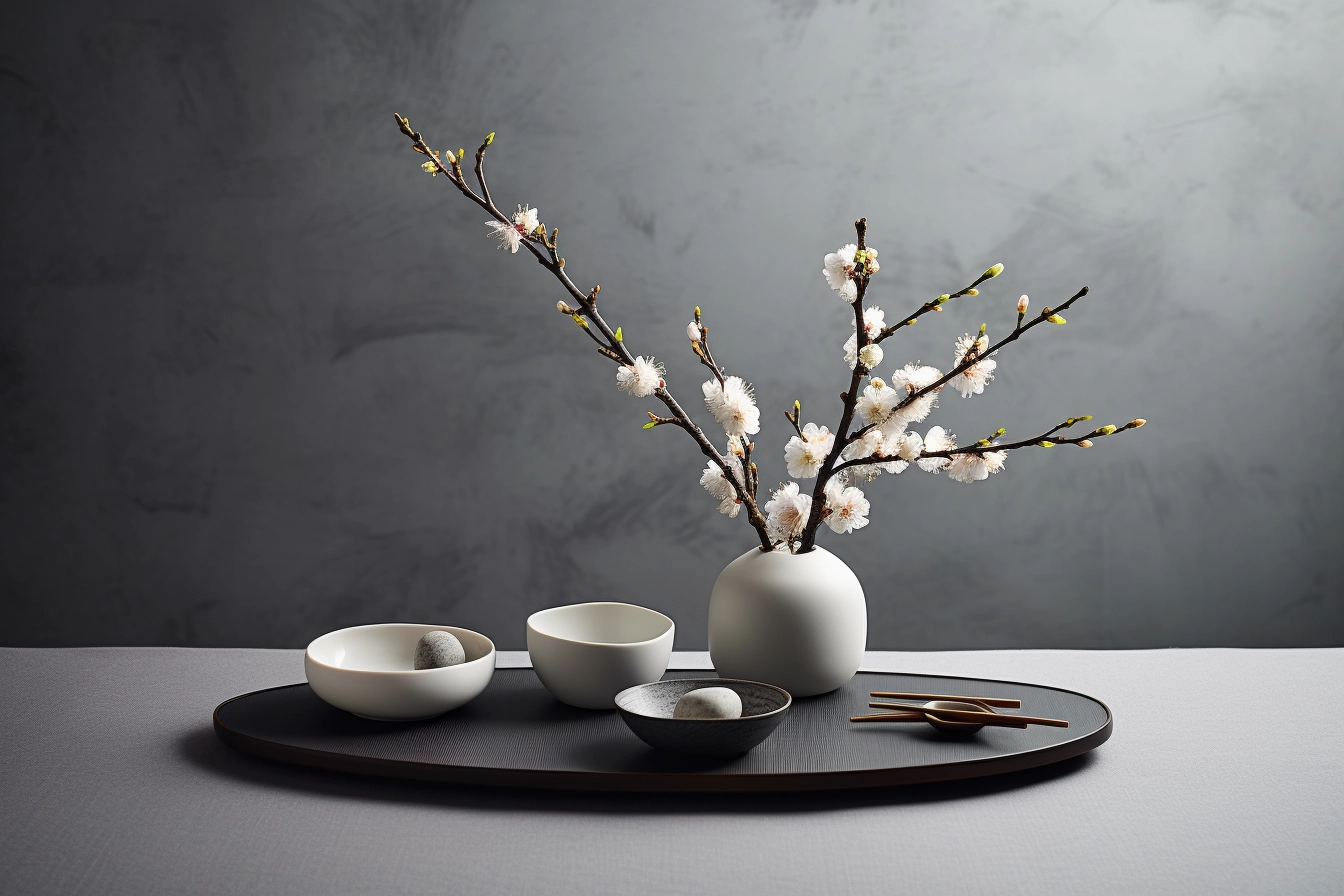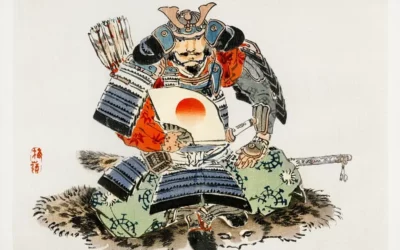In the world of floral design, Ikebana stands out as a form that infuses life into flowers, branches, and leaves. A beautiful arrangement becomes a living piece of art, where each element has its role to play in the composition. Let’s dive into the tools you need to start creating your own Ikebana arrangements.
Essential Tools for Ikebana Flower Arranging
To start your journey into this Japanese art, you’ll need a few essential tools.
Ikebana Scissors
Ikebana scissors, often referred to as Ikebana shears, are distinct and carefully designed for this intricate art form. Crafted with precision and built to last, these scissors are different from your regular flower shears. They are specifically designed to cut through plant stems effortlessly, without causing damage.
There are different types of Ikebana scissors available, each intended for different purposes. Some are ideal for cutting thicker branches, while others are perfect for more delicate flowers and leaves. Understanding the kind of Ikebana you intend to create can help guide you towards the right pair of scissors.
How to choose your Ikebana scissors?
Choosing the right Ikebana scissors for your needs can enhance your Ikebana experience significantly. Here are a few factors to consider:
Quality: Ensure that the scissors are made of high-quality steel. This will help maintain their sharpness and durability.
Size: Ikebana scissors come in different sizes. It’s essential to choose a size that feels comfortable in your hands.
Type: Depending on the plants you frequently work with, choose a type that best suits your needs. Some scissors are better for woody stems while others are best for delicate stems.
Brand: Buying from a reputed brand can assure quality and durability.
To truly delve into the wonderful world of Ikebana, you may want to explore our extensive guide to Ikebana, it’s packed with essential knowledge.
Caring for your Ikebana scissors is just as important as selecting the right pair. By maintaining them properly, you extend their lifespan and keep them performing at their best. Regular cleaning after each use prevents rust and sap build-up. Ensuring they are dry before storage will also prevent rusting. Periodic sharpening will help maintain their cutting efficiency.
Kenzan (Flower Frog)
A kenzan, often referred to as a ‘flower frog,’ is a heavy lead plate fitted with sharp, upright brass pins, designed to hold and position flowers in an Ikebana arrangement. The kenzan is generally placed at the base of the vase or container and holds the stems of the flowers or plants securely, allowing for the creation of dynamic, asymmetrical arrangements that are the hallmark of Ikebana.
How to choose your Kenzan?
Choosing the correct kenzan is crucial in mastering Ikebana. Here are some key factors to consider when selecting your kenzan:
Size: The size of the kenzan should correspond to the size of the vase or container you are using for your arrangement. A small kenzan might not provide sufficient support in a large container, while a large kenzan in a small vase might limit your arrangement’s possibilities.
Pin Density and Length: Kenzan come with different pin densities and lengths. If you are working with thicker, heavier stems, choose a kenzan with longer, more robust pins. For delicate flowers with thin stems, a kenzan with shorter, more densely packed pins may be more suitable.
Shape: Kenzan come in various shapes—round, square, rectangular, and even triangular. The shape should be chosen based on your container’s shape and the design you want to create.
Material and Quality: Always opt for a good quality kenzan made of durable materials, like brass and steel, which will ensure longevity and excellent performance.
Choosing the Perfect Ikebana Vase for Your Arrangement
Choosing the right vase is just as important as selecting the right flowers. Here are some factors to consider:
- Size: The size of your vase should complement the size of your arrangement. A smaller vase can be perfect for delicate, minimalist designs, while larger vases can accommodate bolder, more dramatic arrangements.
- Shape: The shape of your vase can influence the overall design of your arrangement. For instance, a tall, slender vase might inspire a vertical arrangement, while a wide, shallow vase might lend itself to a sprawling horizontal design.
- Color: Color is another important aspect to consider. Remember, your vase is part of the arrangement, not just a container. Its color should harmonize with the colors of your flowers and foliage.
Selecting Your Ikebana Flowers and Plants
The beauty of Ikebana lies in its flexibility and adaptability. You can use a wide variety of plant materials, from flowers to branches, leaves, and even fruits. Here are a few tips to guide you in choosing your materials:
- Season: Ikebana is all about capturing the essence of the season. Choose flowers and plants that reflect the current time of the year.
- Color and Texture: Be mindful of the colors and textures of your materials. They should complement each other, not clash.
- Symbolism: In Japanese floral art, flowers and plants often carry symbolic meanings. Incorporating these meanings can add depth to your Ikebana arrangements.
Remember, the goal is not to simply mimic nature, but to create a new form of beauty, an expression of your personal connection with the natural world.





